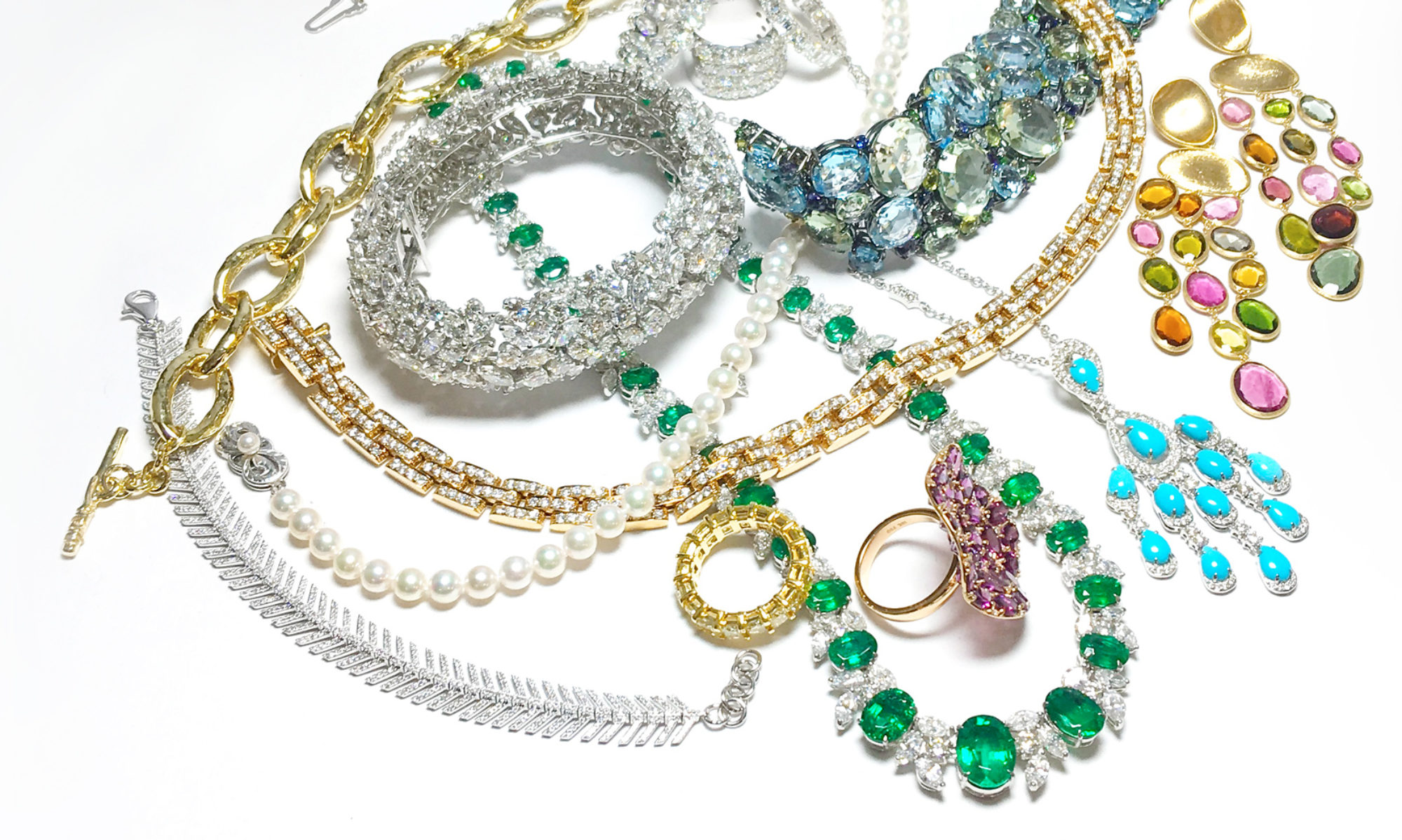Recently, I took a rare behind-the-scenes tour of the Cullen Hall of Gems and Minerals and Lester and Sue Smith Gem Vault here in Houston. Both are located on the second floor of the Houston Museum of Natural Science, my favorite museum in town.
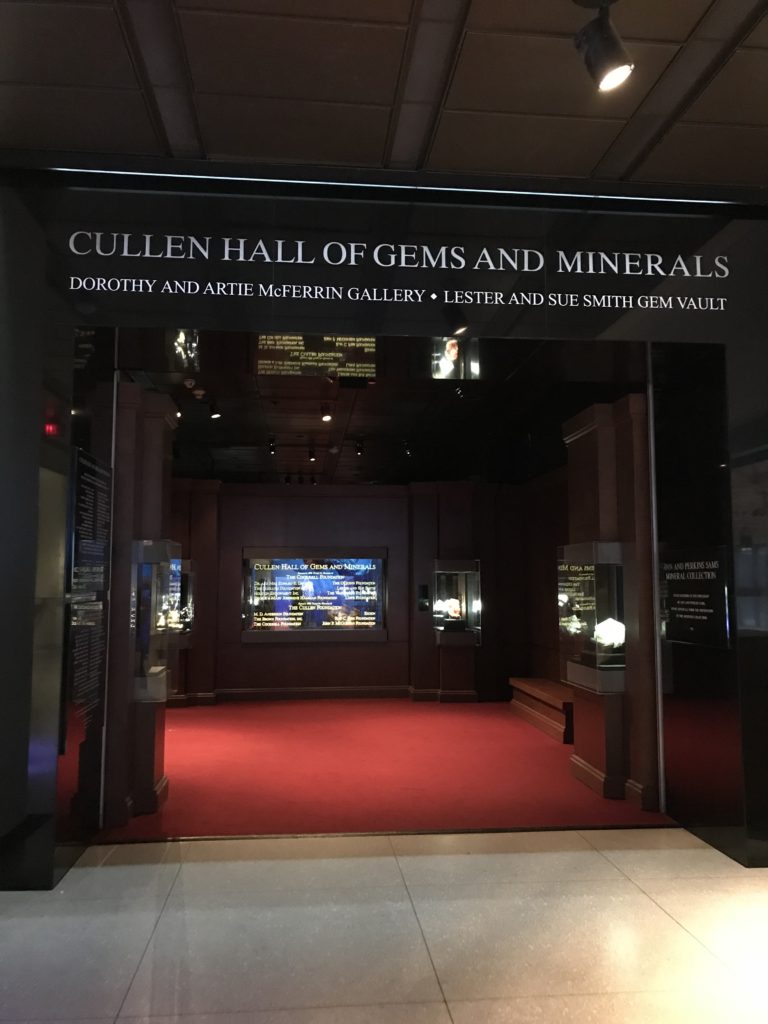
The tour began at 6 p.m., which is when the museum closes to the general public most days. We formed small groups to begin the tour, each with its own guide. Our group’s guide was extremely knowledgeable about the specimens we viewed and had a detailed answer to almost every question. She was not a gemologist, so the training to be a docent must be rigorous.
We started in the Lester and Sue Smith Gem Vault. The entrance to this exhibit-within-an-exhibit is inside the Cullen Hall of Gems and Minerals. The door looks like the door to an actual vault, which is a nice touch.
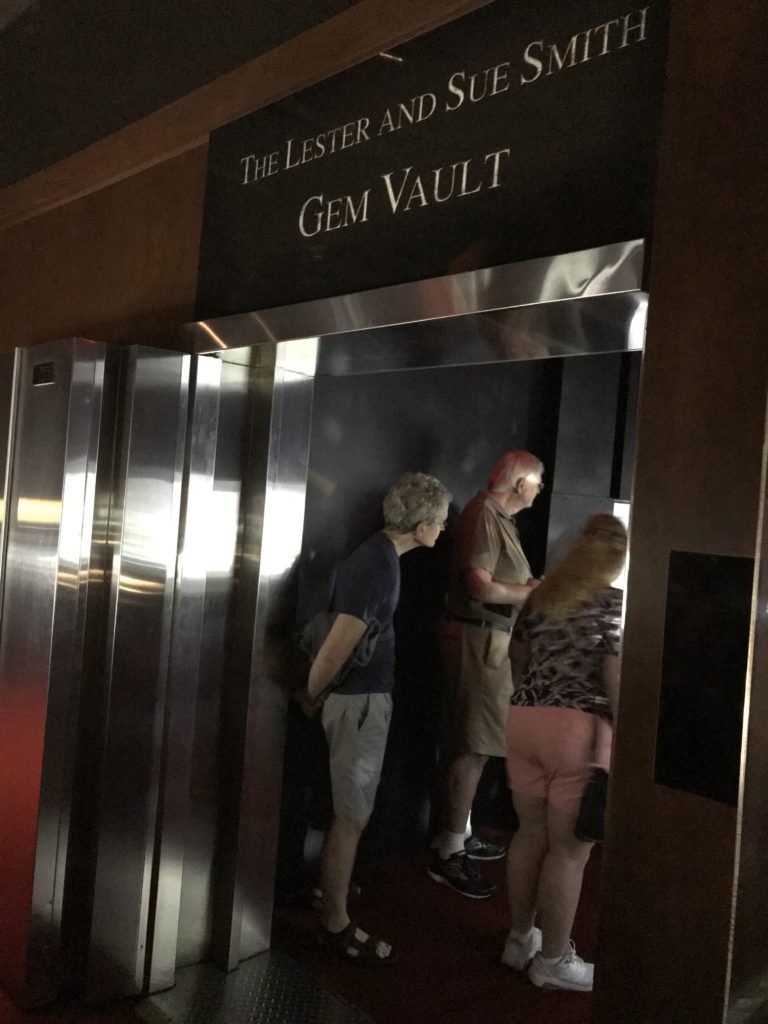
The gem vault displays cut and polished stones alongside spectacular pieces of jewelry. I couldn’t get over the sheer size of many of the specimens. I’m nearing the end of my GIA studies, so to see such large examples of what I’ve learned about on display left me speechless. While I’ve always loved this section of the museum, I have an even greater appreciation for it after studying gemology formally.
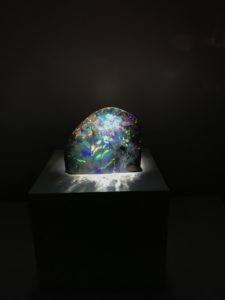
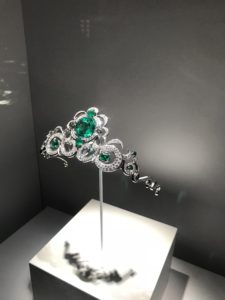
But you don’t have to be an almost-gemologist like me or a geologist like my dad to appreciate this tour. My mom and husband were equally as enthralled. (Shout out to my mom for letting me know this tour existed!) It’s hard not to be. The stones are lit perfectly for maximum brilliance, and there is no other light. It makes for a dark and serene environment, which was a perfect escape from the hot Houston summer weather that day.
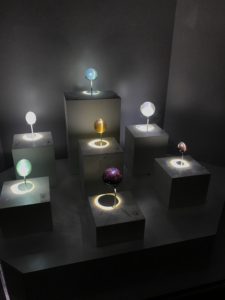
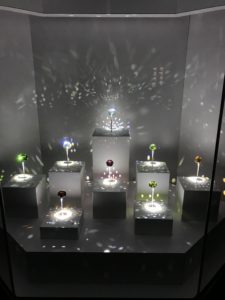
We left the vault and found ourselves back in the main gallery of the Cullen Hall of Gems and Minerals. This is where gems gleam the way nature intended, on display in their rough crystal form. This part of the tour brought out everyone’s inner hippie as we commented on how remarkable mother nature is. It goes to show you the impact a well-curated museum exhibit can have. How often do you ooh and ahh over the earth’s bounty inside of an air conditioned building with no windows?
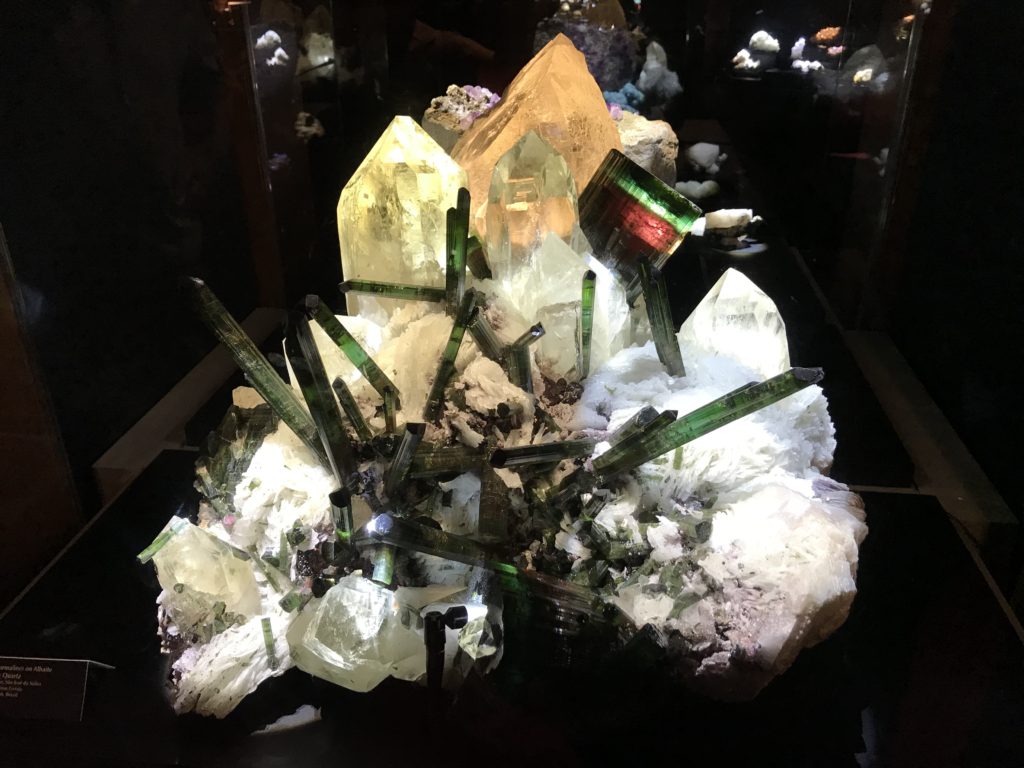
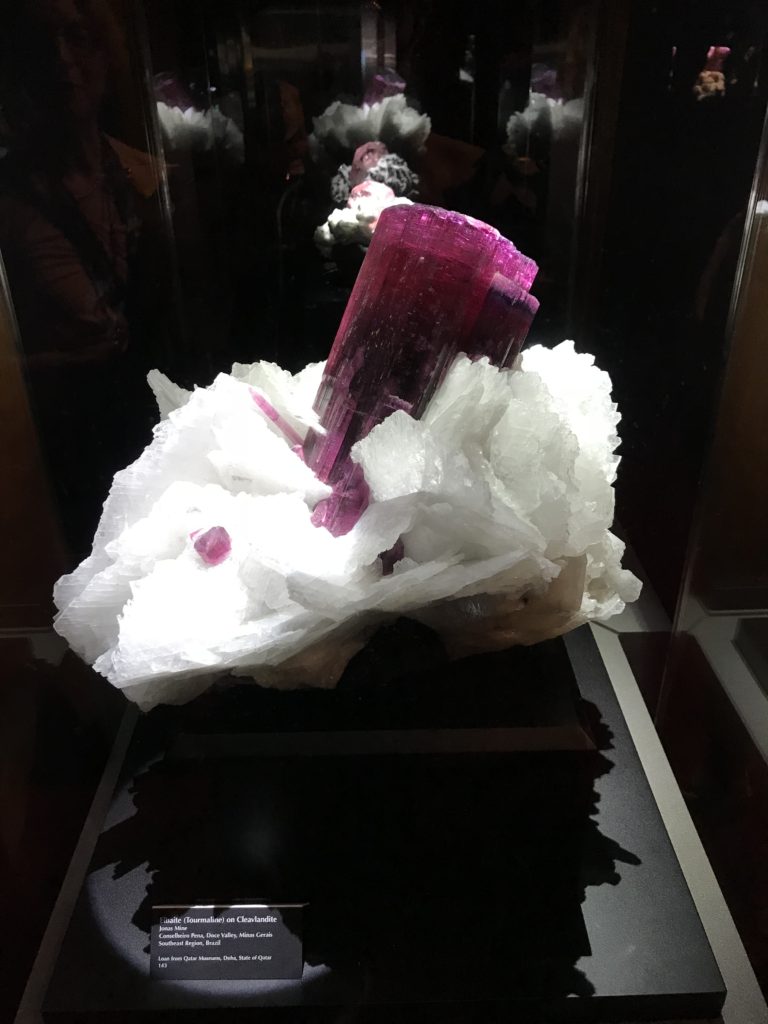
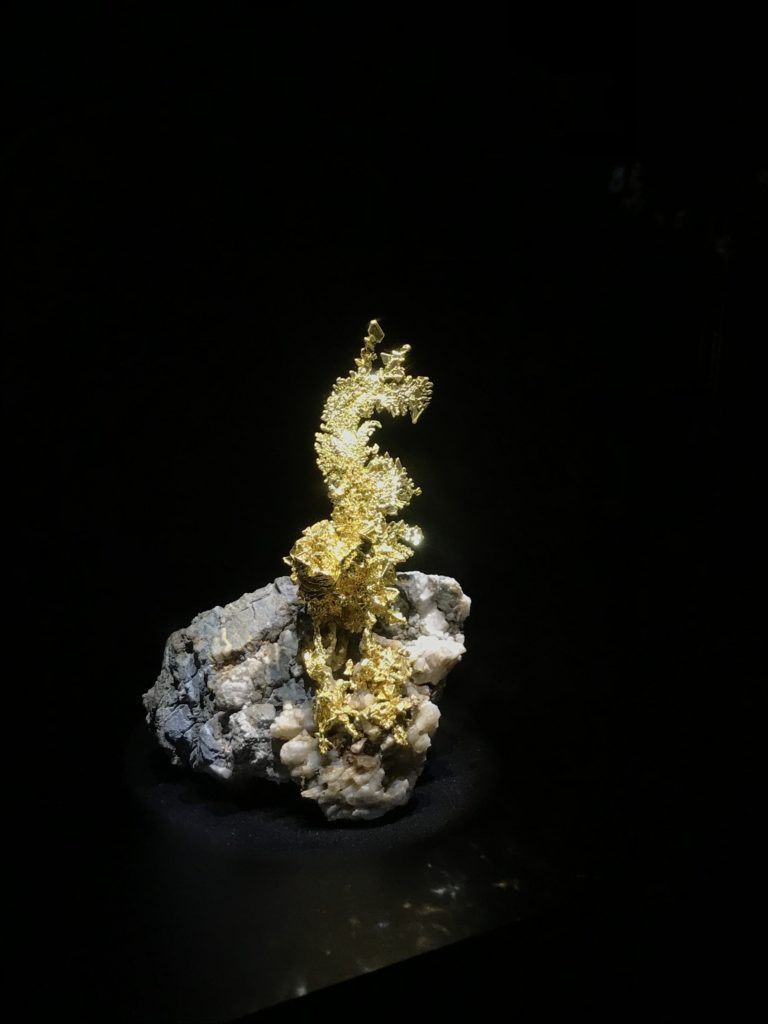
Finally, we got to see a stone cutting demonstration. It was my first time seeing a stone being faceted, and I enjoyed getting to see the process in person. The cutters were eager to answer questions and seemed to enjoy sharing with us.
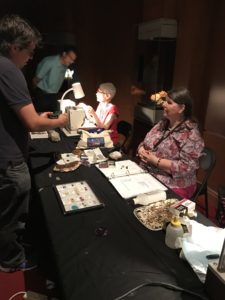
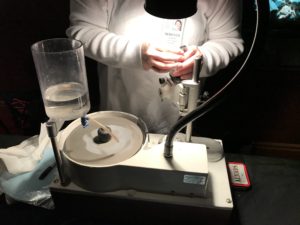
There were also some specimens for us to handle, such as a piece of malachite and a star ruby.
I wish I could tell you that HMNS offers this tour on a regular basis, but it doesn’t. According to a friend of mine who works there (hi, Ruth!), it only happens every so often, usually in conjunction with an opening or update. So keep your eye on this page to keep track of all of the upcoming behind-the-scenes tours the museum has to offer.
